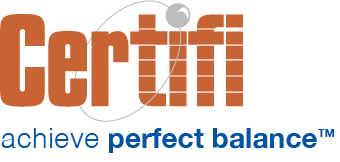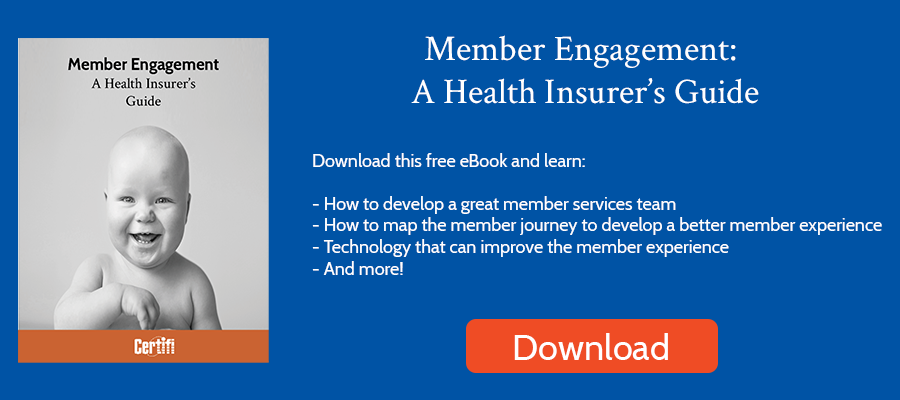Each year the Centers for Medicare and Medicaid Services (CMS) releases a Notice of Benefit and Payment Parameters proposed and final rules. The rules govern how the Affordable Care Act (ACA) exchanges will operate. Last month, CMS released the 2024 Notice of Benefit and Payment Parameters. What will the proposed rules mean to health insurers selling plans in the ACA exchange? Read on for a brief overview:
Network Adequacy Standards
Previously we wrote about network adequacy standards. Generally, health insurers have narrowed their networks to conserve costs, coordinate care or even exclude underperforming providers. That narrowing of networks may negatively impact the ability to receive care. Initially, states set network adequacy standards for insurers. The ACA eventually introduced defined network adequacy rules related to time and distance standards for specific services and facility types.
Network adequacy rules also require plans sold on the ACA exchange to include some percentage of essential community providers in their networks. Essential community providers generally serve predominantly low-income, medically underserved individuals. For 2023, CMS required health plans to incorporate at least 35% of those providers in their service area.
The 2024 Notice of Benefit and Payment Parameters proposes additional network adequacy requirements. CMS added two new essential community provider categories, Substance Use Disorder Treatment Centers and Mental Health Facilities. Additionally, the proposed rule will extend the 35% participation rule to two categories, Federally Qualified Health Centers and Family Planning Providers.
Finally, even plans that do not have provider networks will be subject to essential community provider network requirements.
Takeaway: Understand which essential community providers exist in each service area, including those in the new Substance Use Disorder Treatment Centers and Mental Health Facilities.
Standardized Plans
The most significant change in the proposed rules relates to standardized health plans. Standardized health plans have the same maximum out-of-pocket limitations, deductibles, and cost-sharing within a metal tier. As a result, they make it easier for consumers to pick plans based on premium, quality, and network.
As the ACA exchange market has stabilized, more insurers have entered the exchange, while existing insurers have offered more plan options. That stabilization has led to the average number of plans available to the typical consumer jumping from 25.9 in 2019 to 113.6 in 2023.
For insurers selling in the federal healthcare.gov exchange, non-standardized plans, CMS will limit to two per product network type and metal level in any service area. For example, a health insurer could sell two non-standard HMO plans and two non-standard PPO plans within a service area, but no more than that.
Takeaway: If you sell plans on the federal health insurance exchange, review your current non-standardized health plans to ensure you don’t have excess plans in your service areas and tier levels.
Special Enrollment Periods
The COVID-19 pandemic led the US Department of Health and Human Services (HHS) to declare a public health emergency that, among other things, discontinued Medicaid redeterminations. However, when that public health emergency ends, potentially as soon as the spring of 2023, millions of Medicaid beneficiaries may lose their coverage.
To help, CMS proposed a new special rule for those who lose their Medicaid or Children’s Health Insurance Program (CHIP) coverage to enroll in an exchange plan using a new enrollment period. Individuals could have 60 days before losing coverage or 90 days after coverage loss to enroll in a marketplace health plan.
Takeaway: Insurers do not necessarily have to take immediate action, but should be aware that they may see more mid-year enrollees because of this new enrollment period.
User Fee Decreases
To maintain the cost of managing the federal ACA exchange, CMS charges health insurers a user fee. The user fee is a percentage of premiums collected. For the 2023 plan year, the user fee was 2.75%. CMS proposed reducing that fee to 2% for 2024, hoping to drive down consumer premiums.
Takeaway: Health plans should modify their remittance software or process to account for the new user fee amount.
Certifi’s health insurance premium billing and payment solutions help healthcare payers improve member satisfaction while reducing administrative costs.



